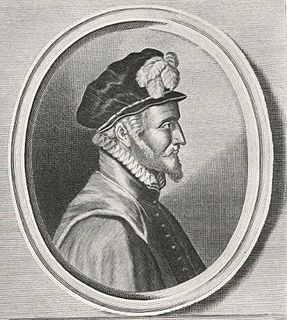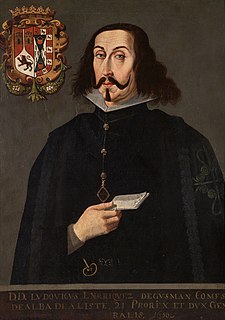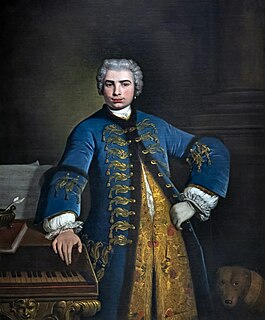 W
WAlfonso XII, also known as El Pacificador or the Peacemaker, was King of Spain, reigning from 1874 to 1885. After a revolution that deposed his mother Isabella II from the throne in 1868, Alfonso studied in Austria and France. His mother abdicated in his favour in 1870, and he returned to Spain as king in 1874 following a military coup against the First Republic. Alfonso died aged 27 in 1885, and was succeeded by his son, Alfonso XIII, who was born the following year. To date, he is the last monarch of Spain to have died whilst on the throne.
 W
WAlfonso XIII, also known as El Africano or the African, was King of Spain from 1886 until the proclamation of the Second Republic in 1931. He was a monarch from birth as his father, Alfonso XII, had died the previous year. Alfonso's mother, Maria Christina of Austria, served as regent until he assumed full powers on his sixteenth birthday in 1902.
 W
WAlfonso de Orleans y Borbón, Infante of Spain, Duke of Galliera, was a Spanish prince, military aviator and first cousin of Alfonso XIII of Spain.
 W
WFadrique Álvarez de Toledo y Enríquez de Guzmán, 4th Duke of Alba, Grandee of Spain,, , was a commander in the Spanish army during the Eighty Years' War.
 W
WDon Carlos María Isidro Benito de Borbón was an Infante of Spain and the second surviving son of King Charles IV of Spain and of his wife, Maria Luisa of Parma. As Charles V, he was the first of the Carlist claimants to the throne of Spain. He was a reactionary who stridently opposed liberalism in Spain and the assaults on the Catholic Church. He claimed the throne of Spain after the death of his older brother King Ferdinand VII in 1833. His claim was contested by liberal forces loyal to the dead king's infant daughter. The result was the bloody First Carlist War (1833–1840). Don Carlos had support from Basque provinces and much of Catalonia, but lost the war and never became king. His heirs continued the arch-conservative cause, fought two more Carlist wars and were active into the mid-20th century, but never obtained the throne.
 W
WD. Cristóvão de Moura e Távora was a Portuguese nobleman who led the Spanish party during the Portuguese succession crisis of 1580.
 W
WDon Luis Enríquez de Guzmán, 9th Count of Alba de Liste was viceroy of New Spain from June 28, 1650 to August 14, 1653 and thereafter viceroy of Peru, from February 24, 1655 to December 31, 1661).
 W
WLuis Fajardo y Ruíz de Avendaño, KOC, known simply as Luis Fajardo, was a Spanish admiral and nobleman who had an outstanding naval career in the Spanish Navy. He is considered one of the most reputable Spanish militaries of the last years of the reign of Philip II and the reign of Philip III. He held important positions in the navy and carried out several military operations in which he had to fight against English, Dutch, French and Barbary in the Atlantic, the Caribbean and the Mediterranean. It is known for the conquest of La Mamora in 1614.
 W
WFarinelli was the stage name of Carlo Maria Michelangelo Nicola Broschi, a celebrated Italian castrato singer of the 18th century and one of the greatest singers in the history of opera. Farinelli has been described as having soprano vocal range and sang the highest note customary at the time, C6.
 W
WFelipe VI has received titles, decorations, and honorary appointments as monarch of Spain and before as heir apparent to the throne of Spain: his titles and styles are listed by precedence of rank, nobility, and honour.
 W
WFerdinand VII was the King of Spain during the early- to mid-19th century. He reigned over the Spanish Kingdom in 1808 and again from 1813 to his death in 1833. He was known to his supporters as el Deseado and to his detractors as el Rey Felón.
 W
WDon Diego de Guevara was a Spanish courtier and ambassador who served four, possibly five, successive Dukes of Burgundy, spanning the Valois and Habsburg dynasties, mostly in the Low Countries. He was also a significant art collector.
 W
WIsabella II was Queen of Spain from 1833 until 1868.
 W
WManuel de la Pezuela y Ceballos, 2nd Marquess of Viluma was a Spanish noble and politician who served as Minister of State in 1844. He was son of Joaquín de la Pezuela, 1st Marquess of Viluma, viceroy of Peru, and of Ángela de Ceballos y Olarria.
 W
WMiguel Primo de Rivera y Orbaneja, 2nd Marquess of Estella, 22nd Count of Sobremonte, was a dictator, aristocrat, and military officer who served as Prime Minister of Spain from 1923 to 1930 during Spain's Restoration era. He deeply believed that it was the politicians who had ruined Spain and that governing without them he could restore the nation. His slogan was "Country, Religion, Monarchy." Historians depict him as an inept dictator who lacked clear ideas and political acumen, and who alienated his potential supporters such as the army. He did not create a base of support among the voters, and depended instead on elite elements. His actions discredited the king and ruined the monarchy, while heightening social tensions that led in 1936 to a full-scale Spanish Civil War.
 W
WFernando de Silva y Álvarez de Toledo, 12th Duke of Alba, was a Spanish politician and general who was Prime Minister of Spain in 1754.
 W
WFrancisco de Borja Téllez-Girón y Pimentel, 10th Duke de Osuna, Grandee of Spain, , was a Spanish nobleman.